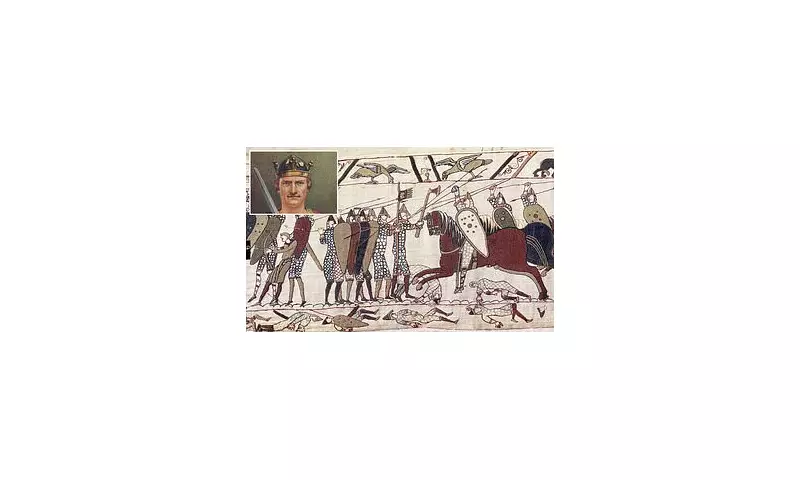
In a revelation that could rewrite art history, an expert has declared that the famed Bayeux Tapestry isn't actually a tapestry at all - and probably originated in Kent rather than France.
The Embroidered Truth
The iconic 70-metre long artwork, depicting the Norman Conquest of England, has been misleadingly named for centuries according to historian Dr. Thomas Williams. 'It's embroidery, not tapestry,' he insists, explaining that true tapestries are woven rather than stitched.
A Canterbury Connection
Dr. Williams presents compelling evidence that the masterpiece - which he suggests should be renamed the 'Canterbury Embroidery' - was likely created by English seamstresses in Kent rather than French artisans as traditionally believed.
The historian points to:
- Stylistic similarities to other Anglo-Saxon artworks
- Materials that would have been more accessible in England
- Distinctive embroidery techniques used in English workshops
Why the Misnomer Matters
This isn't just academic nitpicking. The distinction between tapestry and embroidery changes how we understand:
- The artwork's cultural origins
- The technical skill involved in its creation
- Its place in the development of medieval art forms
The discovery could spark renewed interest in England's textile heritage, with Canterbury potentially becoming a new pilgrimage site for art historians and medieval enthusiasts alike.





